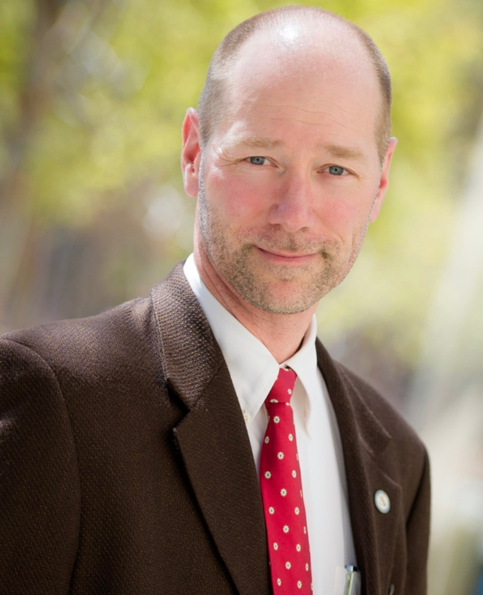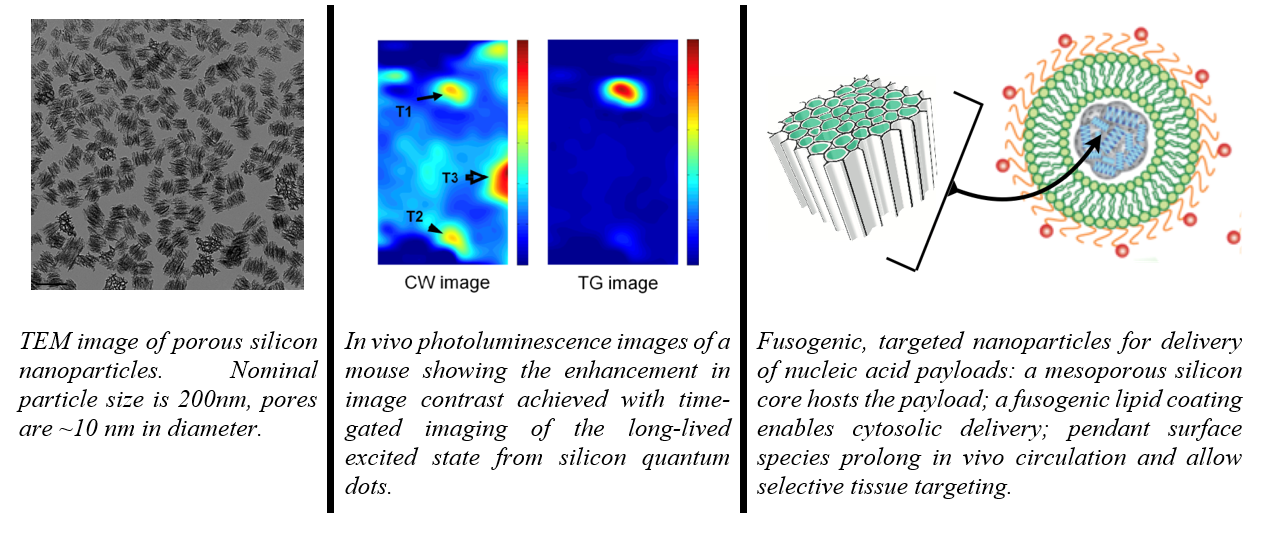VINSE is excited to announce that Dr. Michael J. Sailor from the University of California, San Diego will give the keynote lecture “Nanostructured Silicon as a Therapeutic Tool” at the 23rd annual Nanoscience and Nanotechnology Forum on December 8, 2023.
 Michael J. Sailor is Distinguished Professor at the University of California, San Diego, Director of the UC San Diego Materials Research Science and Engineering Center (an NSF MRSEC), and Director of the UC San Diego Institute for Materials Discovery & Design. Trained as a chemist (B.S., Harvey Mudd College 1983; M.S. and Ph.D., Northwestern University 1988 under Duward F. Shriver), he joined the faculty of the UC San Diego Department of Chemistry & Biochemistry in 1990, after post-doctoral studies at Stanford and the California Institute of Technology (with Nathan S. Lewis). He holds Affiliate Appointments in the UCSD Bioengineering Department, the Nanoengineering Department, and the Materials Science and Engineering program. Other appointments include: Invited Professor, CNRS Institut Charles Gerhardt in Montpellier, France (2012); Visiting Professor, High Level Talent Program, Key Laboratory of Organosilicon Chemistry and Material Technology, Hangzhou Normal University, China (2018-2020); and Visiting Professor, Zhejiang University, China (2019-2020). He has supervised more than 160 undergraduate, graduate, and post-doctoral students, he is the author of more than 260 peer-reviewed research publications, one book, and 39 issued patents. He has an H-Index (Google Scholar) of 100. He has founded or co-founded three companies. He is an elected Fellow of the American Association for the Advancement of Science, the U.S. National Academy of Inventors, and the Royal Society of Chemistry.
Michael J. Sailor is Distinguished Professor at the University of California, San Diego, Director of the UC San Diego Materials Research Science and Engineering Center (an NSF MRSEC), and Director of the UC San Diego Institute for Materials Discovery & Design. Trained as a chemist (B.S., Harvey Mudd College 1983; M.S. and Ph.D., Northwestern University 1988 under Duward F. Shriver), he joined the faculty of the UC San Diego Department of Chemistry & Biochemistry in 1990, after post-doctoral studies at Stanford and the California Institute of Technology (with Nathan S. Lewis). He holds Affiliate Appointments in the UCSD Bioengineering Department, the Nanoengineering Department, and the Materials Science and Engineering program. Other appointments include: Invited Professor, CNRS Institut Charles Gerhardt in Montpellier, France (2012); Visiting Professor, High Level Talent Program, Key Laboratory of Organosilicon Chemistry and Material Technology, Hangzhou Normal University, China (2018-2020); and Visiting Professor, Zhejiang University, China (2019-2020). He has supervised more than 160 undergraduate, graduate, and post-doctoral students, he is the author of more than 260 peer-reviewed research publications, one book, and 39 issued patents. He has an H-Index (Google Scholar) of 100. He has founded or co-founded three companies. He is an elected Fellow of the American Association for the Advancement of Science, the U.S. National Academy of Inventors, and the Royal Society of Chemistry.
Abstract. This presentation describes the chemistry and properties of mesoporous silicon nanoparticles relevant to sensing and treating diseased tissues in vivo. Nanophase silicon is one of few semiconductor “quantum dot” materials that is non-toxic and that degrades to non-toxic byproducts. For in vivo applications, advantages include the tissue-penetrating near-infrared wavelength of emission, the long-lived (microseconds) excited state lifetime, and the ability of the nanoscale silicon cage to protect guest molecules such as small molecule drugs, nucleic acids, and proteins. Here we will emphasize delivery of siRNA-mediated gene silencing agents. We break the problem into four aspects: (1) condenser chemistries to maximize loading of nucleic acid; (2) protection of the biologic payload from degradation and clearance; (3) selective homing to target cell types; and (4) release of the biologic payload with the correct spatial and temporal concentration profile to maximize effects. Applications in in vivo imaging and in treatment of bacterial lung infections will be highlighted.
